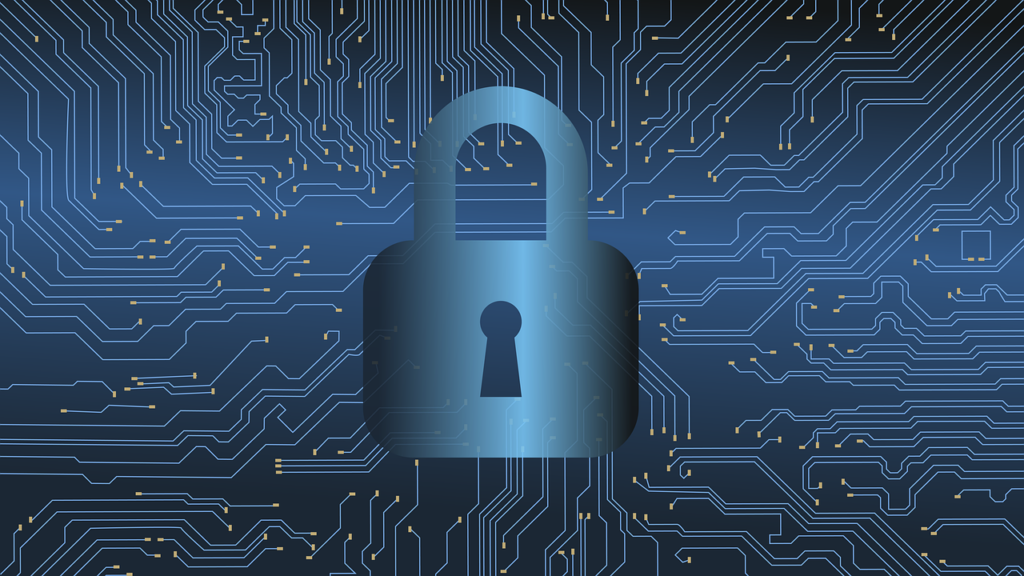Flexibility at work has been very popular; employees are not restricted to any one device for accessing enterprise resources. But one downside to this is it makes endpoint security critical to secure sensitive data.
As companies look to adopt a hybrid model of working, this trend will continue to grow, raising concerns about the proliferation of end devices such as laptops, smartphones, and tablets. In this blog, we will explore the importance of endpoint security, the types of threats companies face, and best practices for securing endpoint devices.
Implementing endpoint security in your company Once you have chosen an endpoint security solution, it is essential to implement it effectively in your company.
Here are some best practices to keep in mind:
Enhance your enterprise security infrastructure with zero security complexity, right under your budget, with DigitalNext.
Why is endpoint security important?
As hybrid and remote working models become common, the number of endpoint devices has increased, creating more surfaces for potential security threats. In such cases, a cyber infiltration at one device can compromise the security of the entire infrastructure that includes: sensitive data and systems. This can cause huge financial loss, reputational damage, and regulatory fines. That’s why endpoint security tools are critical to mitigating security concerns on end-user devices. But when looking for endpoint security solutions, it’s important to note that the features and capabilities offered by different vendors can vary.Common endpoint threats
Endpoints are vulnerable to a variety of threats, including malware, viruses, and hacking attempts. These threats can cause significant damage to a company’s data, systems, and reputation. It is essential to understand the different types of endpoint threats and how they can impact your company. Below is a list of common endpoint threats:- Malware like trojans, spyware, and others are designed to steal sensitive information, encrypt data for ransom, or damage systems. These malware can be delivered through various means, including email attachments, infected websites, and malicious software downloads.
- Viruses are also malware that is designed to replicate themselves and spread to other devices. Once a device is infected, it can spread through email attachments, infected software downloads, and peer-to-peer file sharing.
- Hackers use various methods, such as exploiting software vulnerabilities, cracking passwords, and social engineering tactics, to gain access. Hacking attempts also lead to the theft of sensitive information and serious consequences, such as operational disruptions.
- Phishing attacks are designed to send fraudulent emails or messages to deceive a user into revealing sensitive information. These attacks often impersonate a trusted source, such as a bank or government agency, to trick individuals into providing login credentials, personal information, or other sensitive data.
- Ransomware usually encrypts a company’s data and demands a ransom in exchange for restoring access. The attacker usually demands payment in the form of cryptocurrency and may threaten to delete the encrypted data if the ransom is not paid. Ransomware attacks can result in critical data loss and substantial downtime.
Evaluating Endpoint Security Solutions
With so many endpoint security solutions available, it can be challenging to choose the right one for your company. When evaluating endpoint security products, consider the following key features:- Antivirus protection
- Firewall
- Data encryption
- Remote wipe
- Mobile device management (MDM)
Implementing endpoint security in your company Once you have chosen an endpoint security solution, it is essential to implement it effectively in your company.
Here are some best practices to keep in mind:
- Install endpoint security software on all devices that connect to the company’s network.
- Integrate endpoint security with other security measures, such as firewalls and intrusion detection systems.
- Provide training and education to employees on how to use endpoint security solutions and protect their devices.
- Regularly update endpoint security software and keep devices up-to-date with the latest security patches.
Monitoring and Maintaining Endpoint Security
Maintaining the security of endpoints is an ongoing process that requires a proactive approach. The threat landscape is constantly evolving, and new security vulnerabilities can emerge at any time. By continuously monitoring endpoints, conducting regular cybersecurity awareness exercises helps companies identify, address, and minimize potential threats. Additionally, it is essential to have a robust response plan in place in case of a security incident involving endpoints. This plan should include a clear set of procedures for handling security incidents, identifying the scope of the problem, and restoring systems to a secure state as quickly as possible.Conclusion
Endpoint security is essential for companies to secure their digital assets. That’s why endpoint security solutions have become very important for safeguarding day-to-day business operations. But even advanced endpoint security solutions become ineffective if not implemented properly, which includes regular software updates, monitoring, and employee training. We at DigitalNext can help your organization achieve best-in-class endpoint security with our proactive, robust, agile solutions and service. With more than two decades of combined experience and expertise in managed security services, we, the leading security partners of more than 100+ global businesses across industries,Enhance your enterprise security infrastructure with zero security complexity, right under your budget, with DigitalNext.

